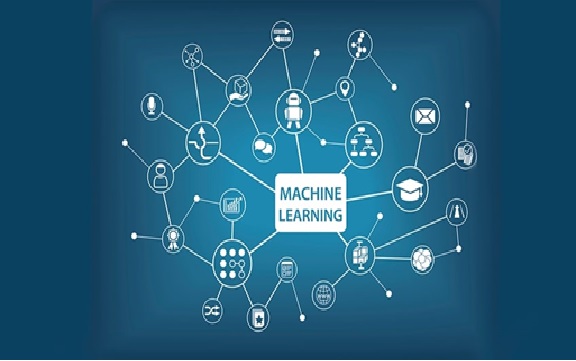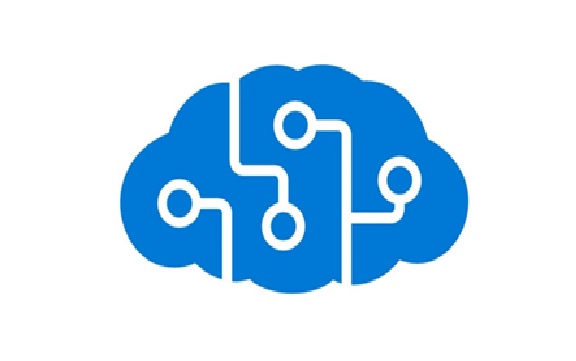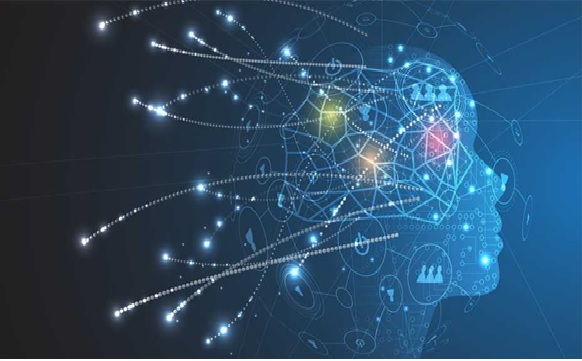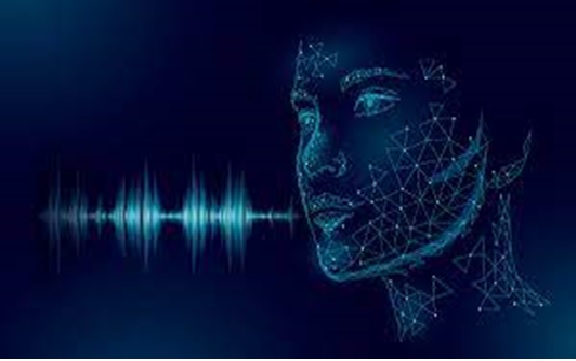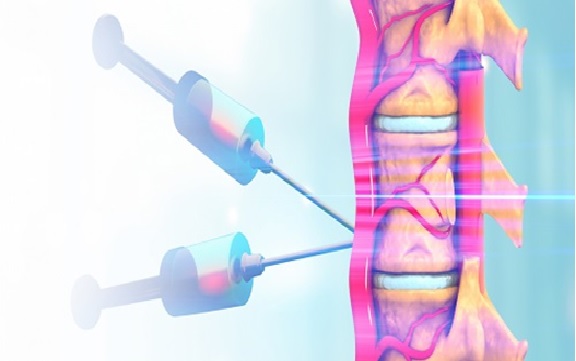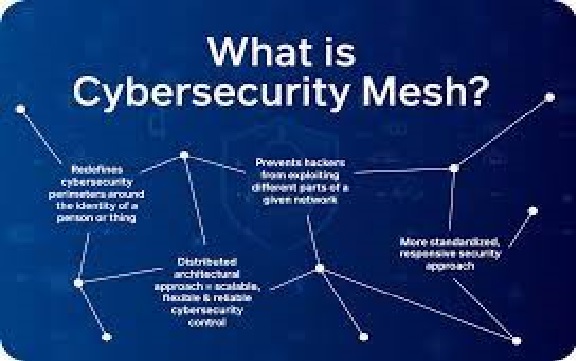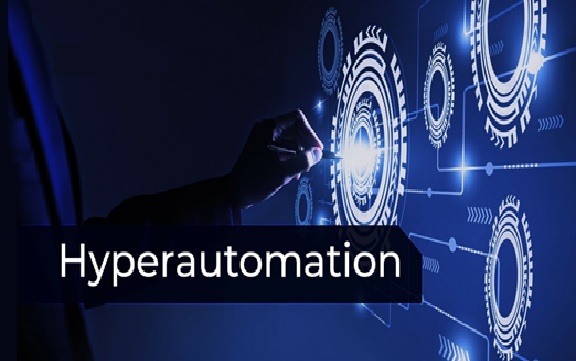IoT, Smart Homes and Future of Home Automation with Smart Devices
Interestingly, the first generation of smart homes had little to do with intelligence and was more about remote control and automation. A decade ago, a futuristic space where you could operate blinders from your smartphone or teach your thermostat to remember what temperature you prefer was enough to call it a smart home.
Today, a smart home lives up to the consumer’s expectations and sometimes even exceeds them Using sensors, devices, appliances and the whole spaces in your house constantly collect data on how you use them. They learn about your habits and determine consumption patterns using complex algorithms. These insights then help personalize your experience at a granular level.

Figure1: IOT smart home Automation
Figure1 shows a tired business person returns to their certified IoT smart home after a long working week. The smart security system senses they are alone and initiates the “Friday Night In” sequence. An intercom with a thoughtful, comforting voice suggests they might want to order in tonight. The business person unloads their things in the kitchen where the smart stove displays a selection of take-outs, rather than its default recipe guide. After the food arrives they retreat to the living room to watch some TV. The smart TV prepares a selection of Netflix marathons categorized by mood.
There are two major roadblocks for smart homes. One of them is Wi-Fi penetration. In India, the Wi-Fi uptake is low across Indian households which slashes the possibility of IoT penetration in such homes. The second roadblock is awareness level. Indian households have not yet tried to visualize and are far from implementing a utopian smart home, especially because it is a relatively new concept that is evolving exponentially over a short period of time. However, with the IoT industry taking up the shape and with significant value propositions on the rise, we are seeing a synonymous rise in awareness level.
Smart home look like 10 years from now:
Health applications will drive at least some of the smart-home growth over the next decade. Cameras and sensors embedded in refrigerators will suggest more nutritious alternatives if people are reaching for the sugary sodas a little too frequently. Similar technology in medicine cabinets will check if residents have taken their prescriptions. And sensors will even show up in toilets to check for signs of any potential health conditions by scanning human waste before it’s flushed. Bathroom-fixture company Toto has experimented with urine-sampling toilets, while one company has filed patents for devices including a mirror that’s meant to monitor users’ health just by analyzing their skin. Homes will have health sensors of their own, too, that check for issues like water damage, pest infestation and so on, alerting owners to any potential problems before they become far costlier to manage.
References:
- https://www.digiteum.com/iot-smart-home-automation/
- https://www.eletimes.com/iot-smart-homes-and-future-of-home-automation-with-smart-devices
- https://www.toptal.com/designers/interactive/smart-home-domestic-internet-of-things#:~:text=IoT%20home%20automation%20is%20the,controlled%20by%20a%20mobile%20app.
- https://time.com/5634791/smart-homes-future/
Cite this article:
Sanjaykumar S (2022), IoT, Smart Homes and Future of Home Automation with Smart Devices, Anatechmaz, pp.70


